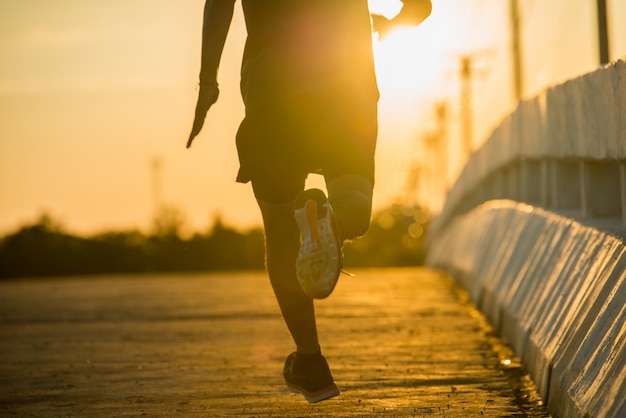
Kenyans have long been recognized as dominant forces in the world of distance running, consistently outpacing competitors and setting records. This phenomenon has sparked curiosity and debate among sports enthusiasts and researchers alike. In this exploration, we delve into the multifaceted factors contributing to Kenya's prowess in running, examining both biological and environmental influences.
-
Genetic Predisposition:
- Kenyan athletes often exhibit physical traits conducive to running success, such as long, slender limbs, efficient oxygen uptake, and high proportions of slow-twitch muscle fibers. These attributes are believed to be partly inherited, providing a genetic advantage for endurance activities.
- Studies have shown that certain genetic variations, such as those related to hemoglobin levels and muscle composition, may be more prevalent in Kenyan populations and contribute to enhanced performance in endurance sports.
-
Altitude Advantage:
- Kenya's high-altitude regions, such as the Rift Valley, offer ideal training grounds for distance runners. Altitude training stimulates the production of red blood cells, improving oxygen-carrying capacity and endurance.
- Living and training at altitude also toughens athletes' cardiovascular systems, allowing them to perform better at sea level where oxygen availability is higher.
-
Cultural and Socioeconomic Factors:
- Running is deeply ingrained in Kenyan culture, with a tradition of long-distance running dating back generations. Many young Kenyans grow up running barefoot to school or completing daily chores, developing stamina and resilience from an early age.
- Economic incentives play a significant role, as success in running offers a pathway to fame, fortune, and opportunities for athletes and their families. The prospect of escaping poverty through sports motivates aspiring runners to dedicate themselves wholeheartedly to training.
-
Training Philosophy and Environment:
- Kenyan athletes adhere to rigorous training regimens, often under the guidance of experienced coaches who understand the demands of long-distance running. Training camps in Eldoret and Iten have become renowned hubs for elite runners, providing access to world-class facilities and support networks.
- The emphasis on group training fosters camaraderie and healthy competition among athletes, pushing each other to new heights of performance. Running is not just a sport in Kenya but a way of life, with communities rallying behind their local heroes.
-
Psychological Resilience:
- Endurance running requires mental fortitude as much as physical strength. Kenyan athletes are known for their grit, determination, and ability to endure pain during races. They embrace hardship as part of the journey to success, drawing inspiration from the sacrifices of past champions.
- The collective spirit of Kenyan runners, rooted in unity and shared goals, provides a powerful source of motivation and support. Athletes draw strength from their communities, knowing they carry the hopes and dreams of a nation on their shoulders.
Conclusion:
The phenomenon of Kenyan excellence in running is a complex interplay of genetic predisposition, environmental factors, cultural traditions, and socioeconomic dynamics. While genetic advantages certainly play a role, they are only one piece of the puzzle. Kenya's success in distance running is also a testament to the resilience, determination, and collective spirit of its athletes and communities. By unraveling the multifaceted factors underlying Kenya's running prowess, we gain deeper insights into the remarkable achievements of these athletes and the enduring legacy of their sport.